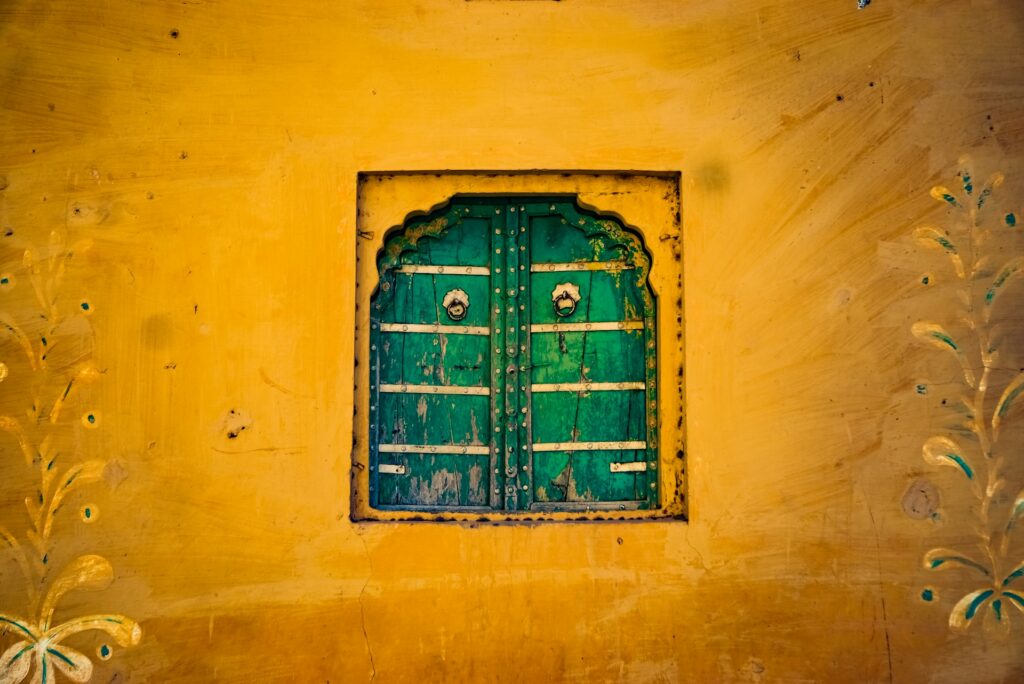Gaya, located in the state of Bihar, India, is a city steeped in history and spirituality. It is one of the most important pilgrimage sites for Hindus and Buddhists alike, drawing millions of visitors each year.
One of the main attractions in Gaya is the famous Mahabodhi Temple, a UNESCO World Heritage Site that marks the spot where Buddha is said to have attained enlightenment. The temple complex is a stunning example of ancient Indian architecture and is a place of quiet contemplation and meditation for many.
Gaya is also known for its sacred river, the Phalgu River, which is believed to have healing properties. Pilgrims come from far and wide to bathe in its waters and perform rituals to cleanse their sins.
Aside from its spiritual significance, Gaya is also a vibrant city with a rich cultural heritage. The local cuisine is a delicious mix of traditional Bihari dishes, such as litti chokha and sattu paratha, as well as popular Indian staples like biryani and samosas.
Gaya is also a hub for education and commerce, with several colleges and universities in the city and a bustling market scene where you can buy everything from silk sarees to handcrafted souvenirs.
Overall, Gaya is a city that offers a unique blend of ancient history, spiritual significance, and modern vibrancy, making it a must-visit destination for travelers looking to explore the cultural richness of India.
What to explore:
1. Mahabodhi Temple: A UNESCO World Heritage Site, this temple is one of the most important pilgrimage sites for Buddhists. It is believed to be the site where Gautama Buddha attained enlightenment.
2. Bodhi Tree: Located next to the Mahabodhi Temple, this tree is said to be a direct descendant of the original tree under which Buddha attained enlightenment.
3. Great Buddha Statue: This 80 feet tall statue of Buddha is located in Bodh Gaya and is a major tourist attraction.
4. Vishnupad Temple: This temple is dedicated to Lord Vishnu and is believed to have footprints of Lord Vishnu imprinted on a rock inside the temple.
5. Barabar Caves: These ancient rock-cut caves are believed to date back to the Mauryan period and are some of the oldest surviving rock-cut caves in India.
6. Dungeshwari Cave Temples: These caves are believed to be the site where Buddha spent several years meditating before attaining enlightenment.
7. Thai Monastery: This monastery was built by the Thai government and is a serene place to visit and learn more about Buddhism.
8. Sujata Stupa: This stupa is dedicated to Sujata, a village girl who offered milk and rice to Buddha just before he attained enlightenment.
9. Tibetan Monastery: This monastery offers a glimpse into Tibetan Buddhist culture and architecture.
10. Muchalinda Lake: This peaceful lake is said to be the spot where Buddha was protected from a storm by a serpent king named Muchalinda.
